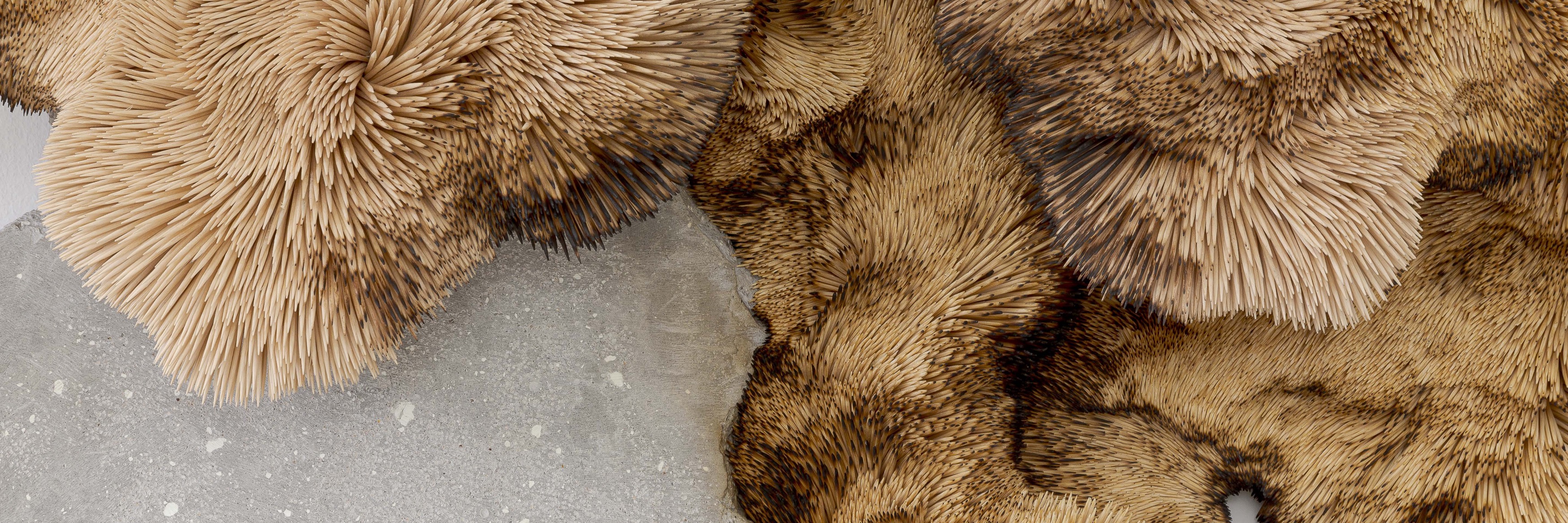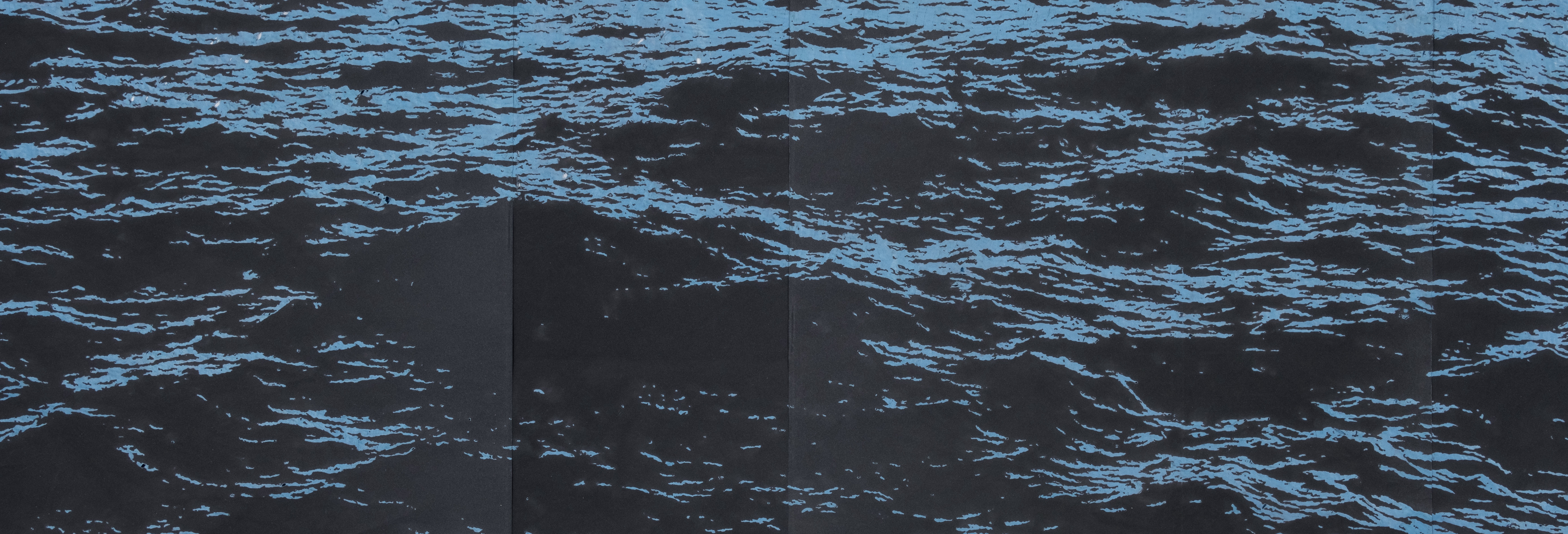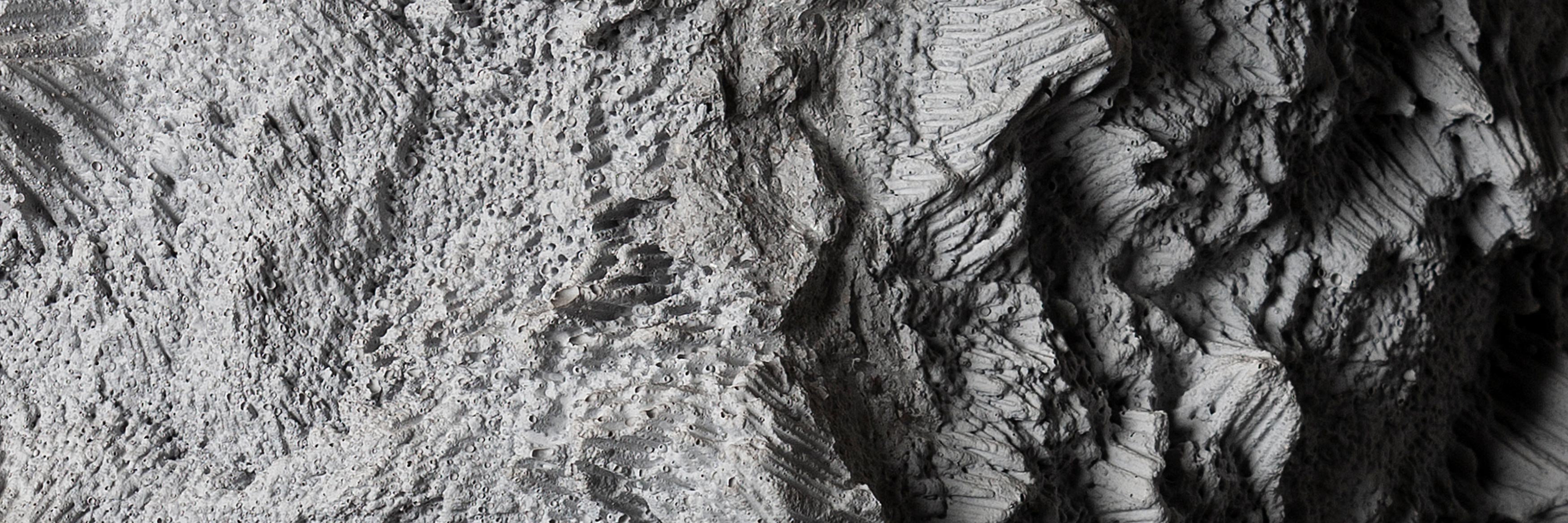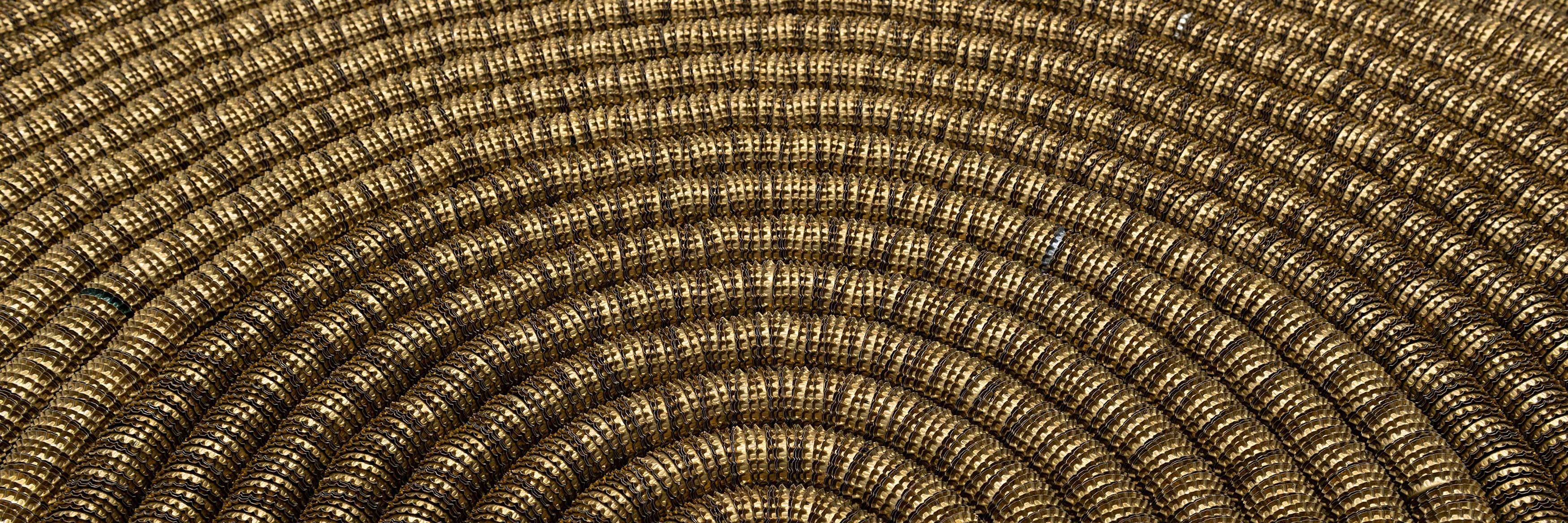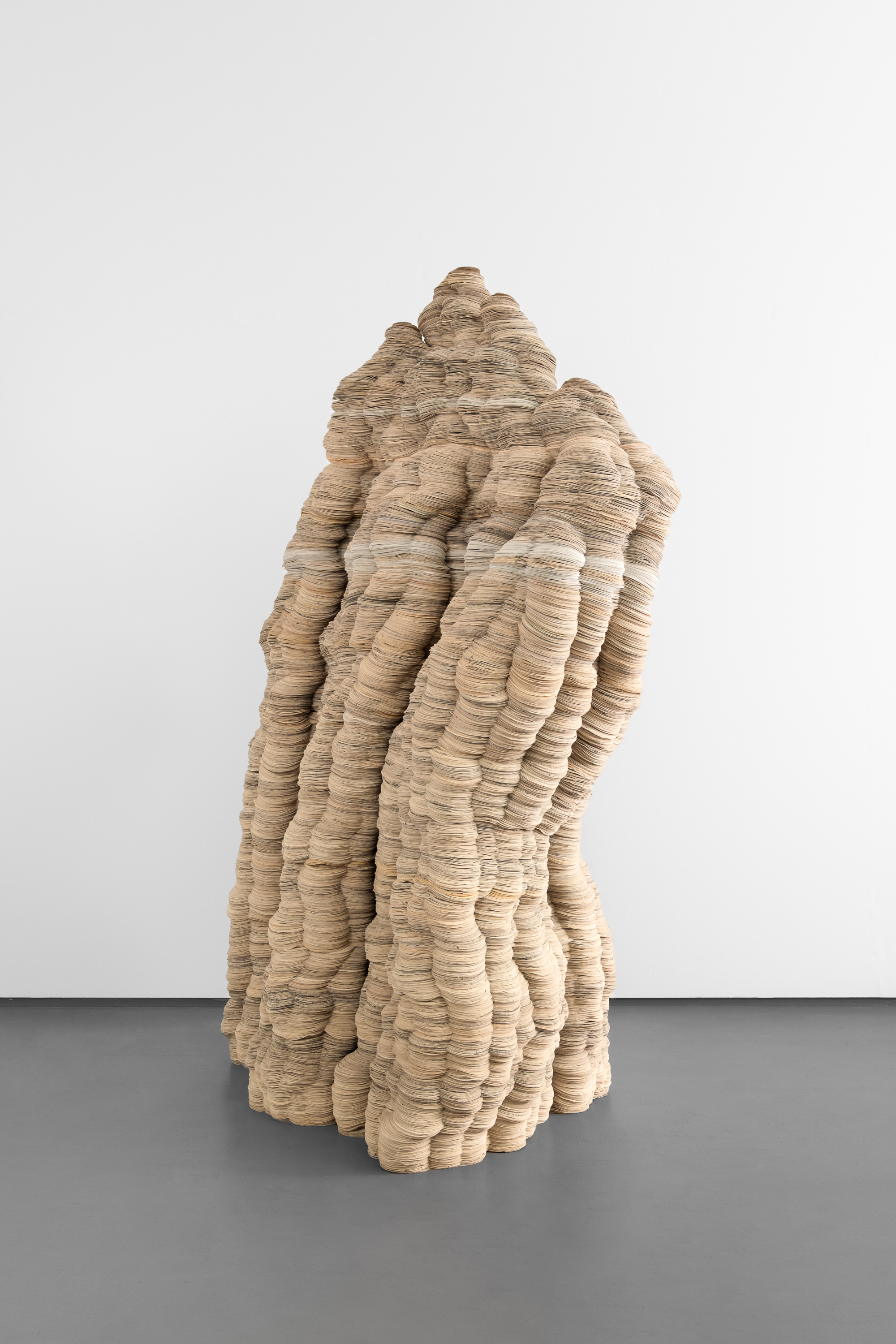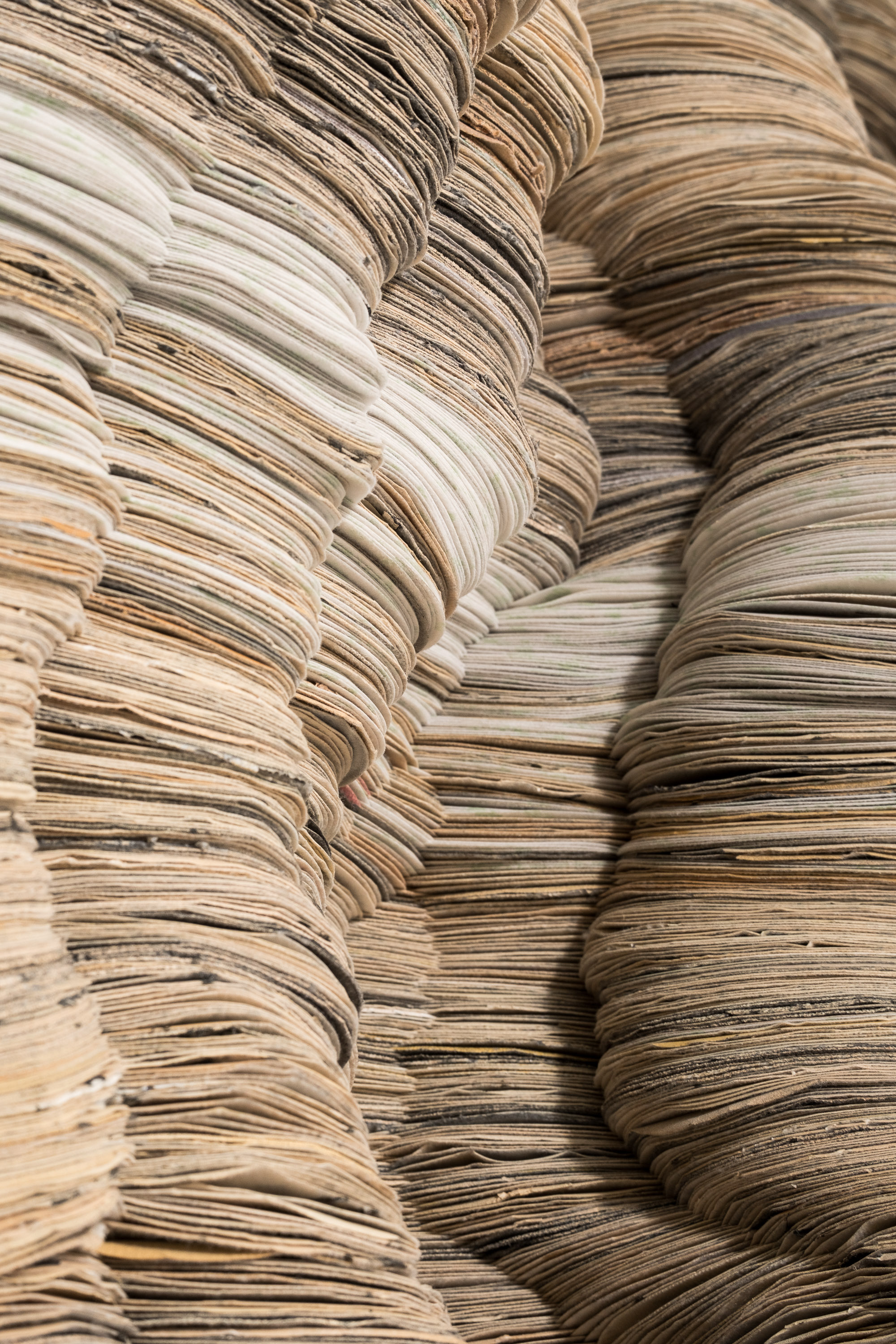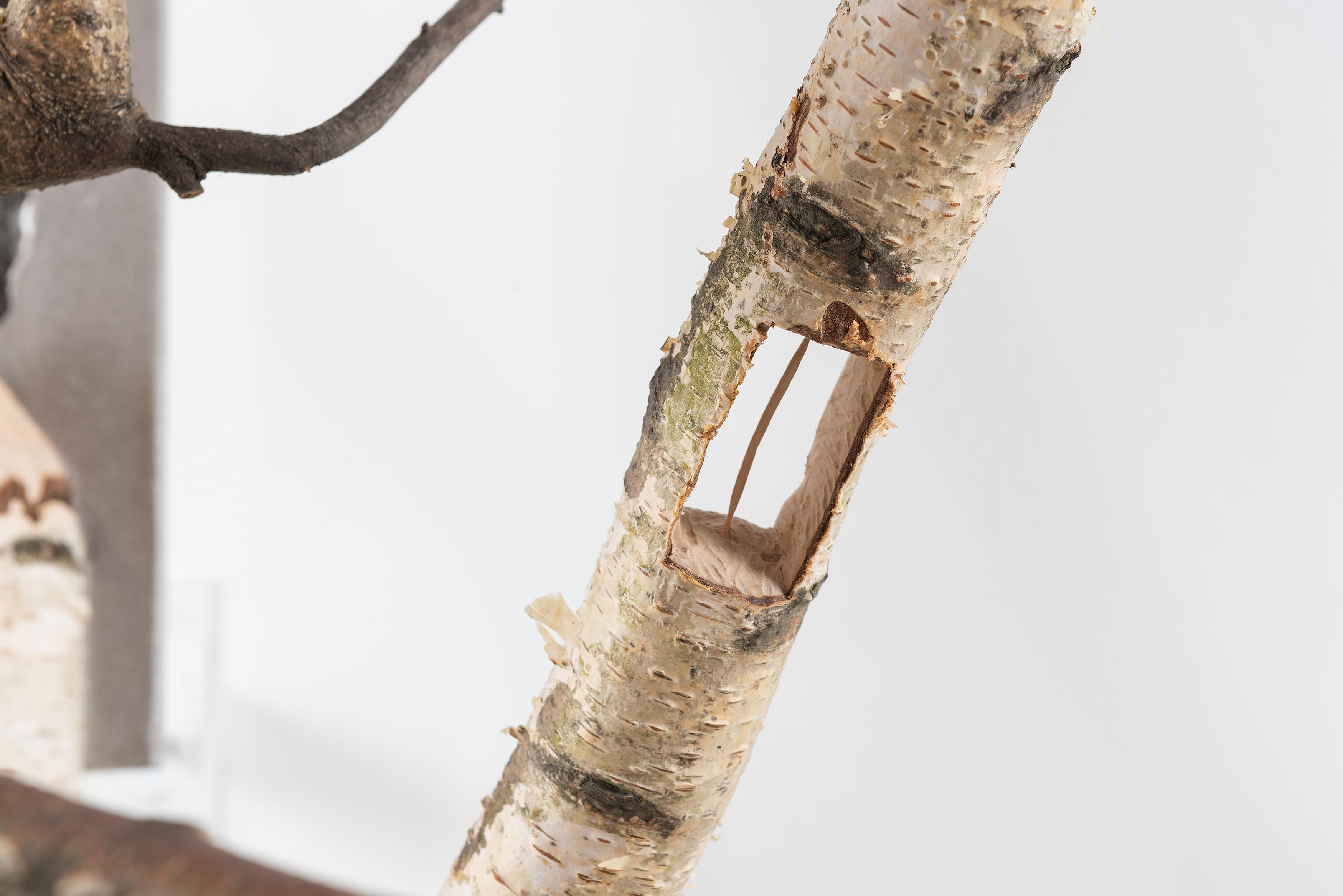EXHIBITIONS
SELECTED WORKS

Hide
Bamboo and Birch Wood Toothpicks, held in Polyurethane Sealant on Industrial Fabric on Board.
330 x 475 x 35 cm

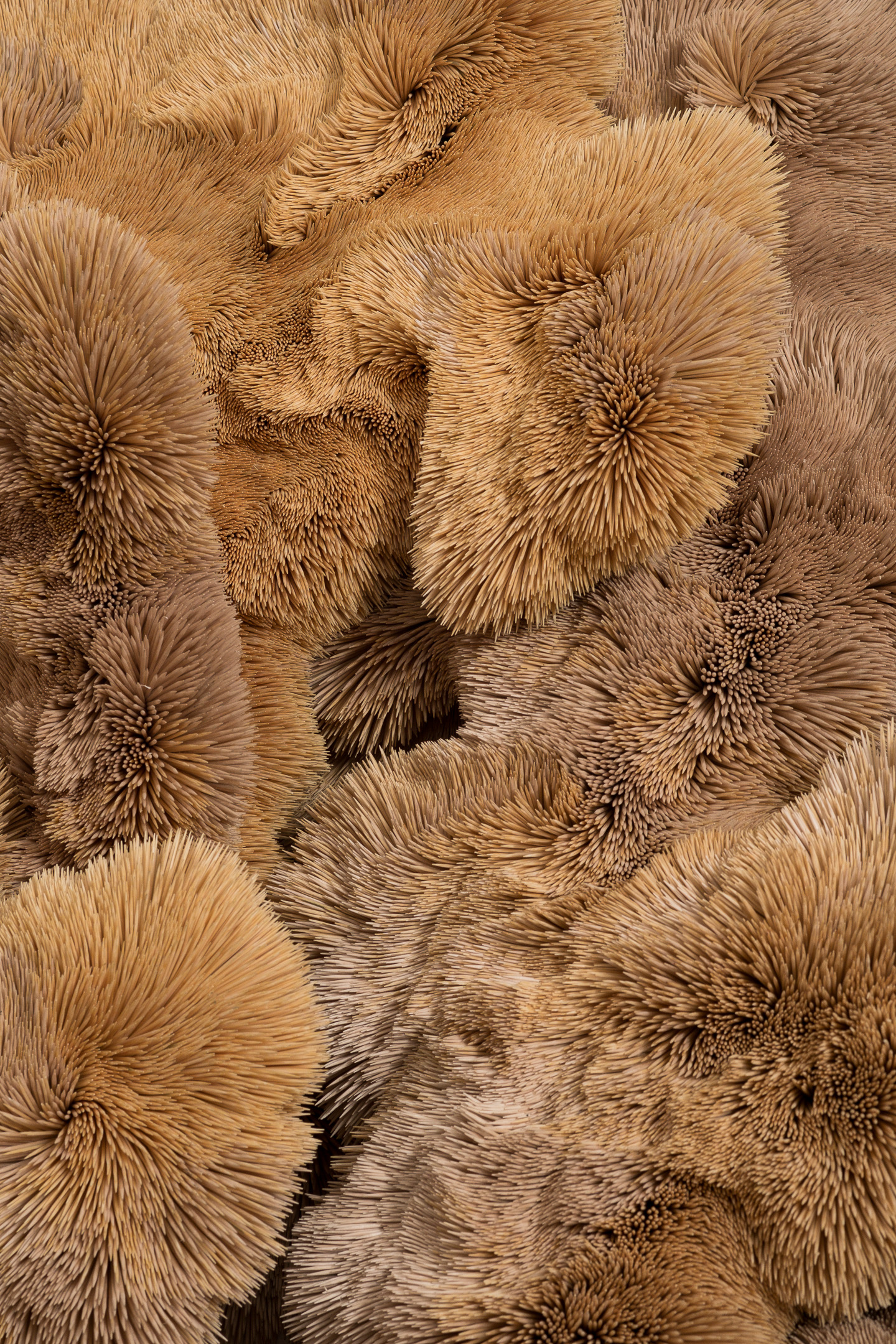
Hide (Detail)

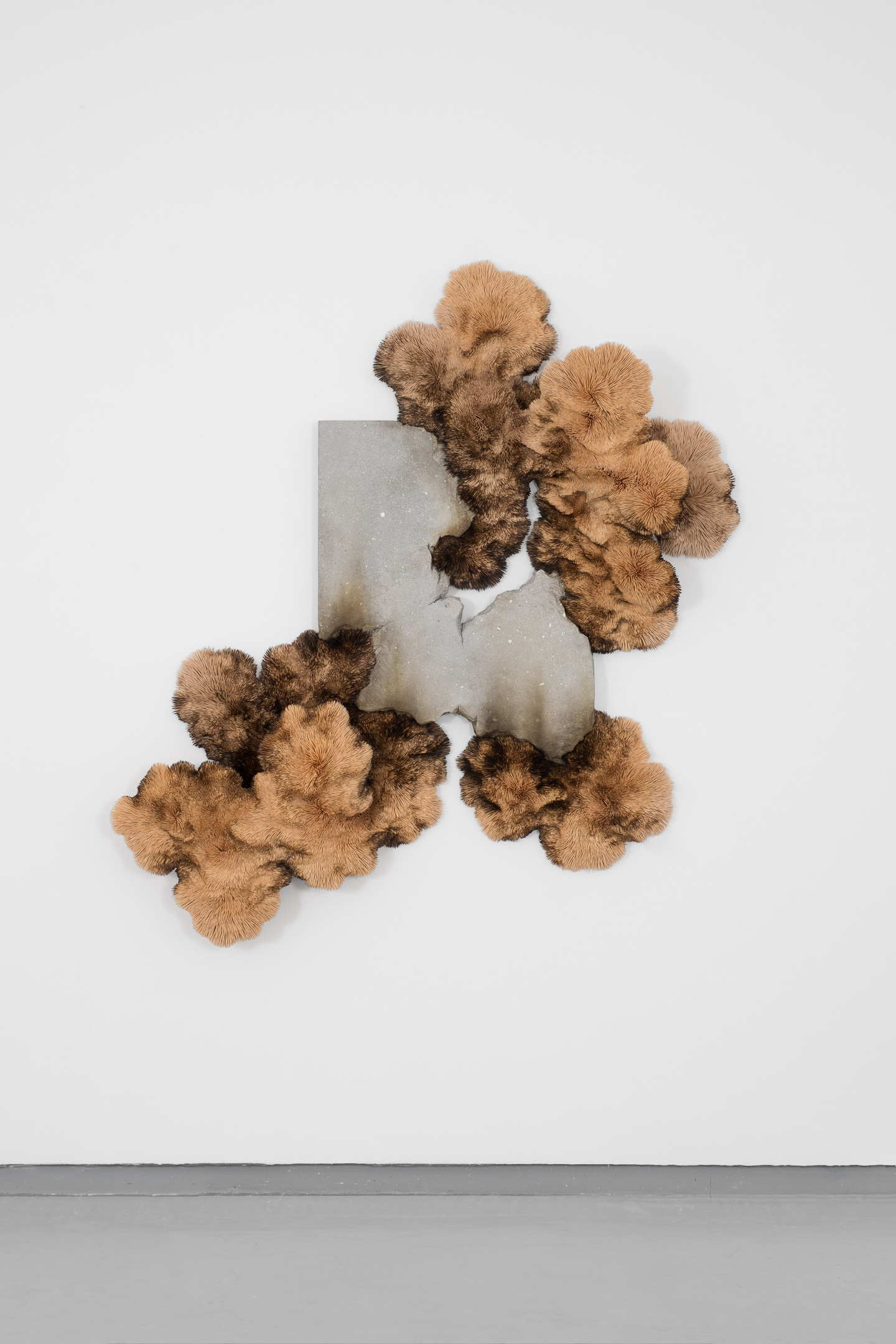
Inferno
Burnt and Unburnt Bamboo Birch Wood Toothpicks held in Polyurethane Sealant, Glass Fibre Reinforced Concrete with Used Motor Car Oil and Rebar.
158 x 145 x 25 cm


Inferno (Detail),
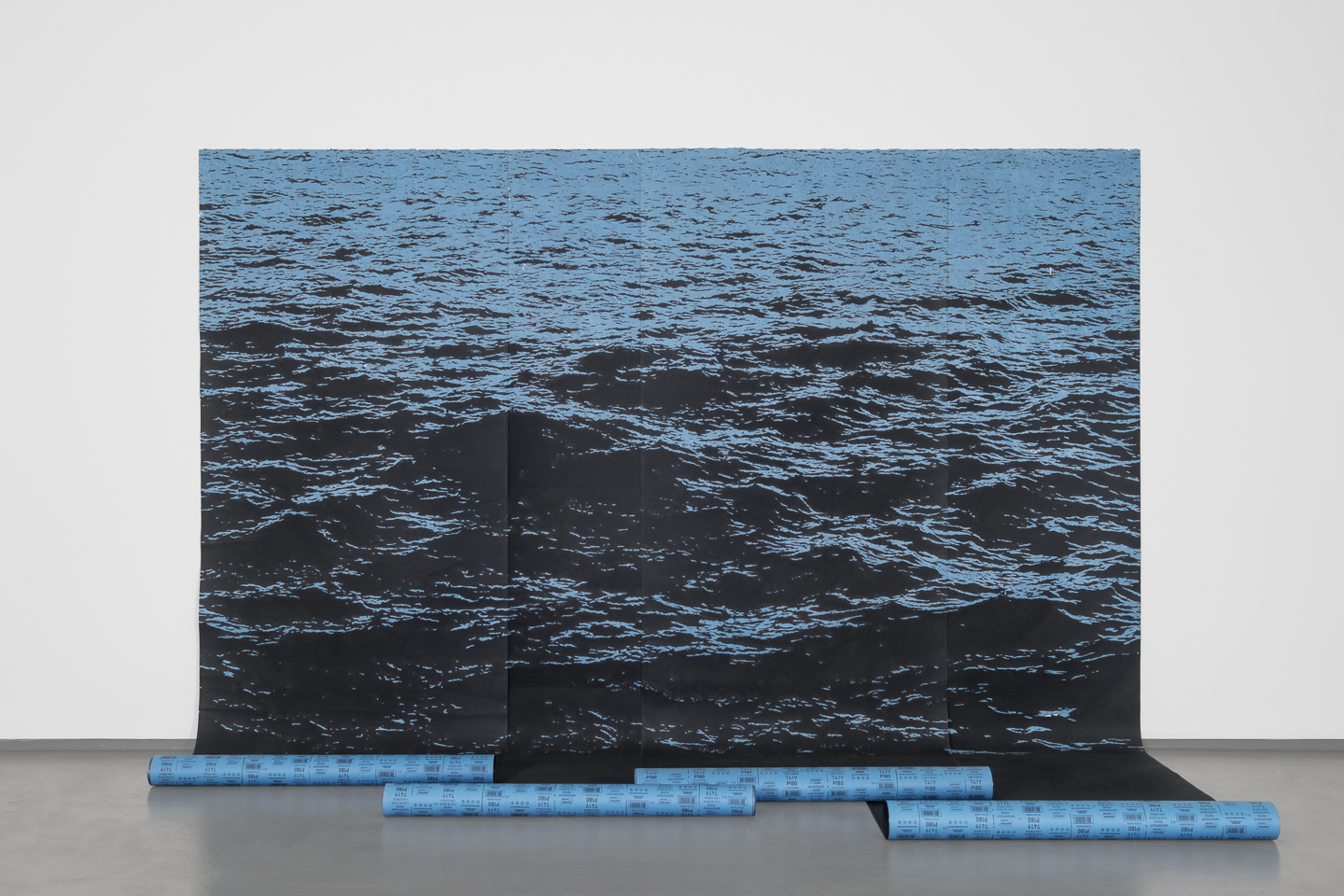
The expanse (To see the world in a grain of sand)
Woodblock Impression on Eroded Sandpaper Rolls held by Acid- Free Tape, to be secured in place with Stainless Steel Pins. Sandpaper rolls: Norton P180.
360 x 230 x 130 cm
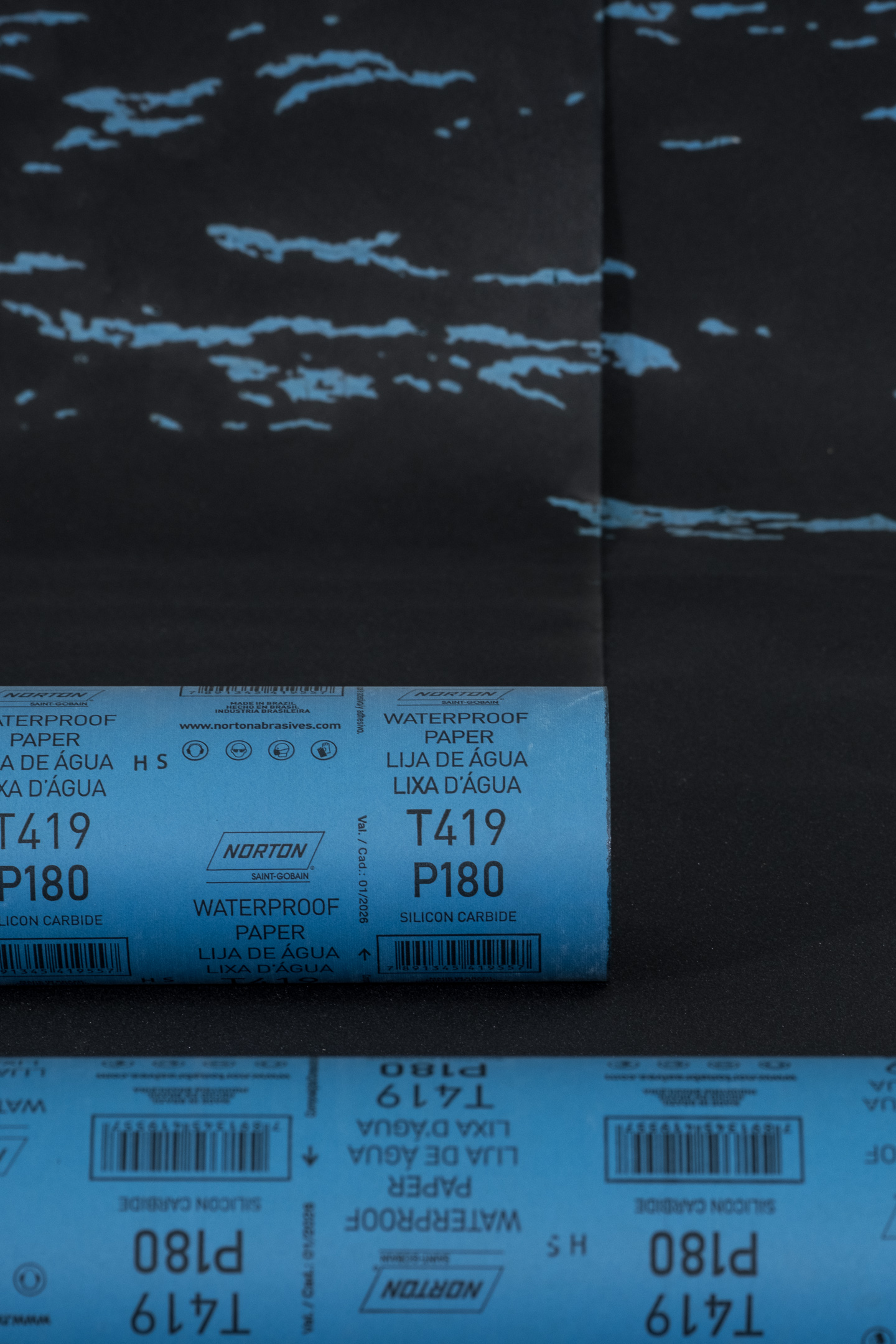

The expanse (To see the world in a grain of sand) (Detail)

The things that only time will teach you (Detail)
![]()
The things that only time will teach you
Used Sandpaper Discs adhered with Polyurethane Sealant held by Steel Structure, Formation on wheels.
271 x 137 x 174 cm
![]()
The things that only time will teach you (Detail)

Vestige
Glass Fibre Reinforced Concrete Relief Cast.
72 x 172 x 13 cm



Vestige (Detail)

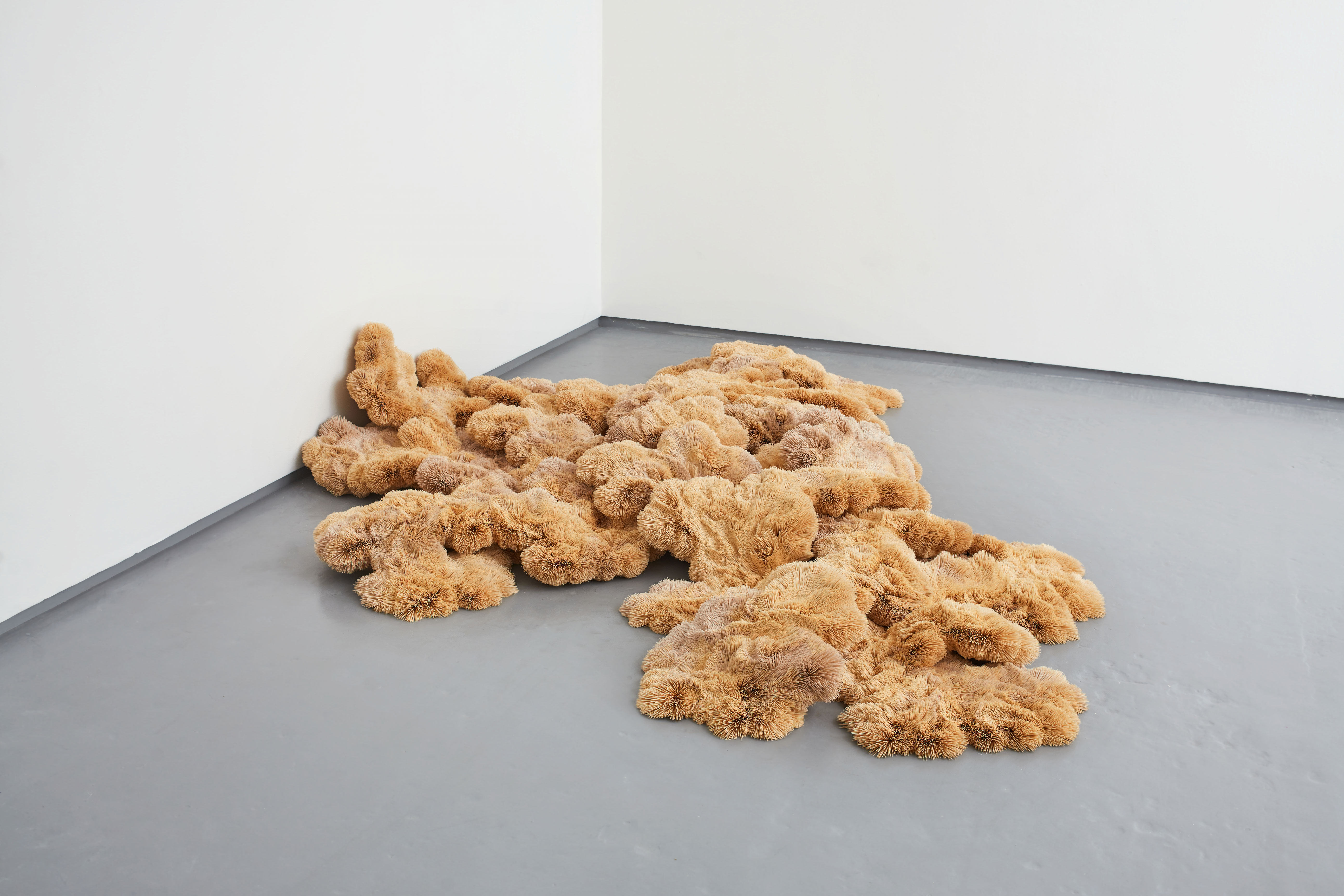
Threshold
Bamboo and Birch Wood Toothpicks, held in Polyurethane Sealant on Industrial Fabric.
320 x 300 x 45 cm

Threshold (Detail)


Critical Mass
Discarded Beer Bottle Caps threaded onto Electric Fencing Cable, with Burnt and Unburnt Bamboo and Birch Wood Toothpicks, held in Polyurethane Sealant on Industrial Fabric on Board.
240 x 160 x 24 cm
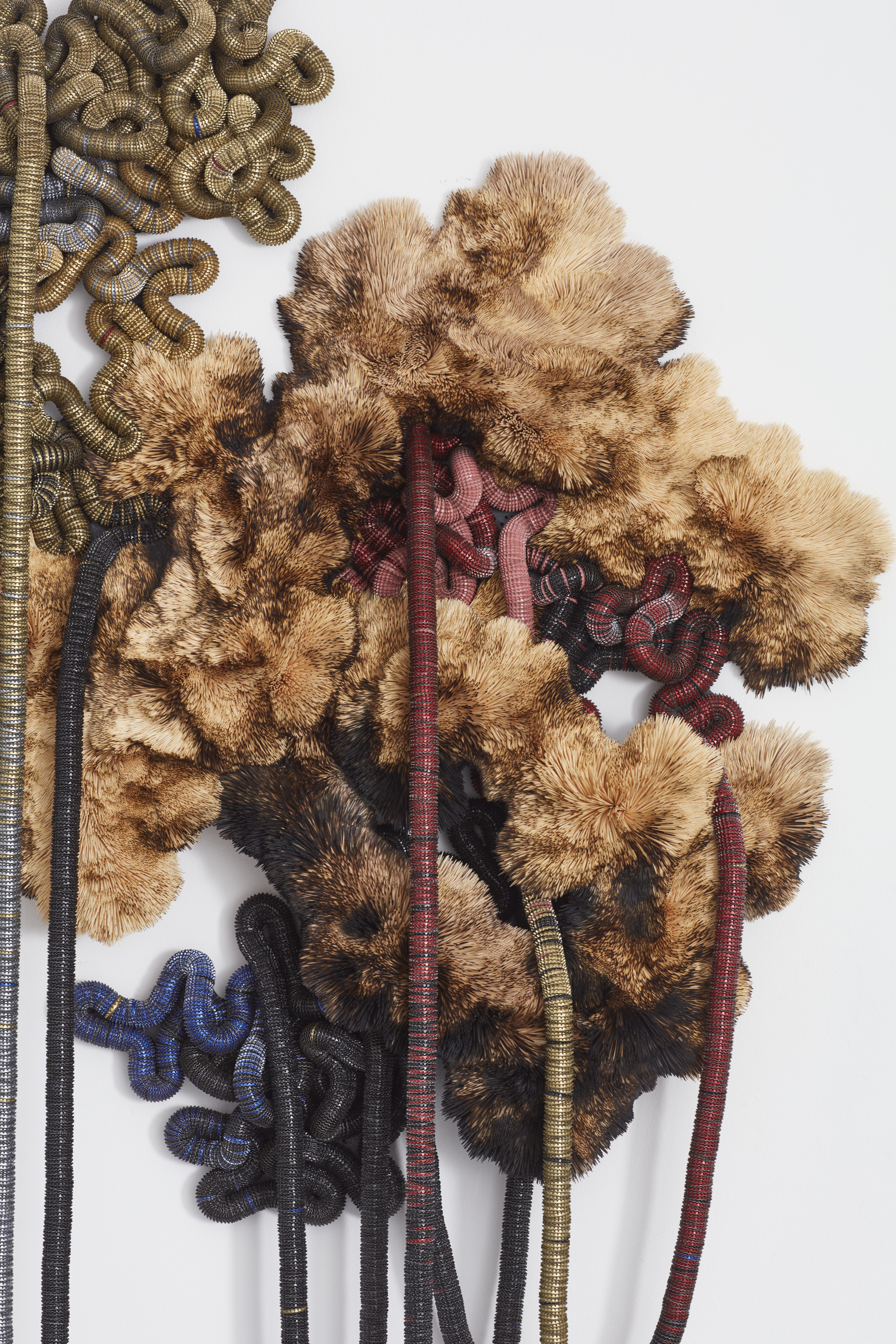
Critical Mass (Detail)

Kindling
Burnt and Unburnt Bamboo Toothpicks, held in Polyurethane Sealant on Ripstop Fabric, stretched on Obeche Wood Stretcher.
Burnt and Unburnt Bamboo Toothpicks, held in Polyurethane Sealant on Ripstop Fabric, stretched on Obeche Wood Stretcher.

Kindling (Detail)
Gargoyle
Discarded Beer Bottle Caps threaded onto Electric Fencing Cable, held in Polyurethane Sealant on Board, Glass Fibre Reinforced Concrete with Used Motor Car Oil and Rebar.
154 x 127 x 14 cm
Discarded Beer Bottle Caps threaded onto Electric Fencing Cable, held in Polyurethane Sealant on Board, Glass Fibre Reinforced Concrete with Used Motor Car Oil and Rebar.
154 x 127 x 14 cm



Gargoyle (Detail)

Paniki
Found Cowrie Shell, Discarded Beer Bottle Caps threaded onto Electric Fencing Cable, held in Polyurethane Sealant on Board.
194 x 89 x 10 cm
Found Cowrie Shell, Discarded Beer Bottle Caps threaded onto Electric Fencing Cable, held in Polyurethane Sealant on Board.
194 x 89 x 10 cm

Paniki (Detail)


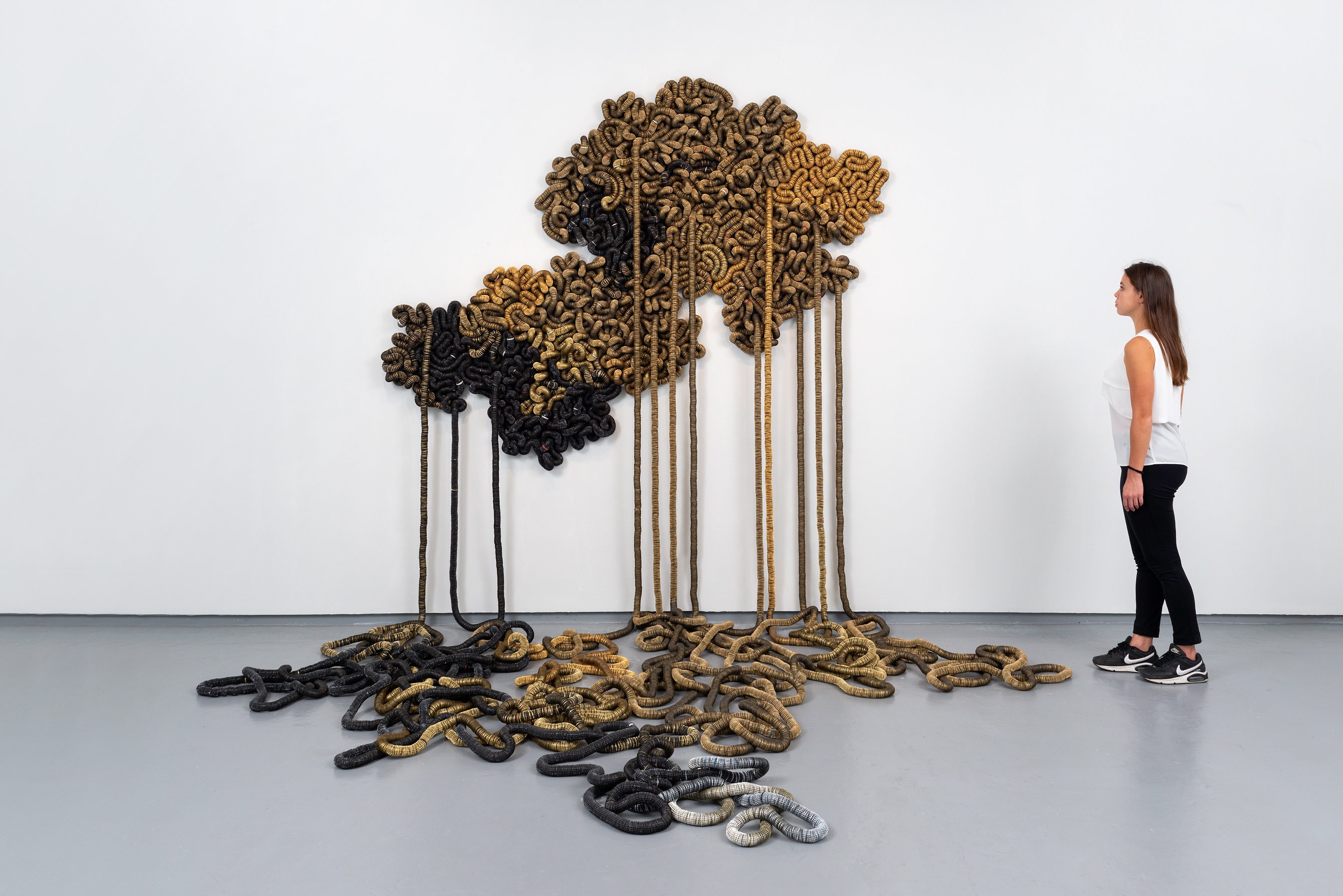 As below so above
As below so aboveDiscarded Beer Bottle Caps threaded onto Electric Fencing Cable, held in Polyurethane Sealant on Board.
240 x 190 x 15 cm


As below so above (Detail)


Spolia
Discarded Beer Bottle Caps threaded onto Electric Fencing Cable, held in Polyurethane Sealant on Board.
150 x 73 x 15 cm

Spolia, (Detail)

Axis Mundi
Birch Wood, Concrete, Steel.
170 x 100 x 110 cm

Axis Mundi (Detail)

Speak the truth even if your voice shakes
Bamboo Toothpicks, Burnt Wood from the 2017 Knysna Fires, South Africa
160 x 23 x 20 cm
Bamboo Toothpicks, Burnt Wood from the 2017 Knysna Fires, South Africa
160 x 23 x 20 cm


Speak the truth even if your voice shakes (Detail)
